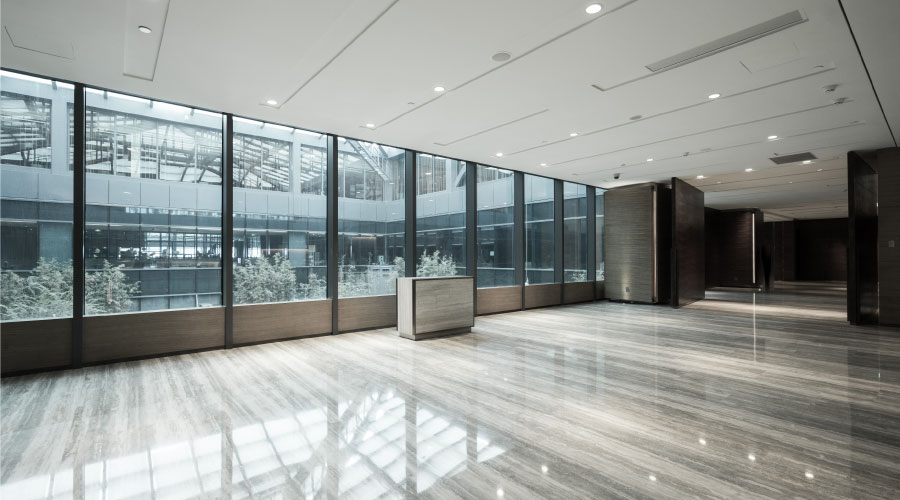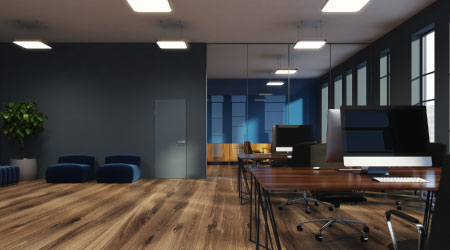Flooring Choices Can Bring LEED Credits
With all of the attention green building is receiving, it may be easy to overlook some elements that may not be right in front of a facility manager's nose. For example, unless you're walking around with your head down, you may not have noticed the role floor covering can play in a green building project.
Flooring plays a role in several LEED categories, including Indoor Environmental Quality (IEQ), Materials and Resources (MR), Innovation and Design Process (IDP), and Regional Priority. Additionally, flooring can help with points with many of the different LEED rating systems, including new construction, existing buildings, commercial interiors, schools, retail, and healthcare. Understanding how flooring products can contribute to these categories and rating systems, and matching products and the installer with your own green goals are the keys to ensuring a successful green floor covering selection.
Pick Your Product Wisely
To gain MR credits, look for products high in recycled or rapidly renewable content such as recycled rubber, carpet fibers or cork. MR credits are available if the product is made locally or regionally, meaning materials used to make the flooring are extracted, harvested or manufactured within 500 miles of the job site. It's also possible for flooring to contribute an MR point if the flooring can help to reach 2.5 percent of the total value of the building materials being made from rapidly renewable materials, which include plants typically harvested in a 10-year cycle, including substances such as cork, linoleum and bamboo.
IEQ credits can be earned by carefully selecting adhesives, solvents and carpet systems that meet established air quality standards. The Southern California-based South Coast Air Quality Management District's (SCAQMD) Rule #1168 dictates volatile organic compound content limits, which can earn another LEED point for qualifying products. Wood floor finishes also must meet requirements under the SCAQMD Rule #1168.
To gain another LEED point, carpet and cushion systems must meet Carpet and Rug Institute Green Label program parameters, while hard-surface flooring must be compliant with the FloorScore standard. FloorScore is one of a number of certifying and standard-setting organizations that provide support for and complement the LEED program. The U.S. Green Building Council has approved hard surface flooring products certified by the FloorScore program as an alternative compliance path to achieve LEED credits for new construction.
Related Topics:












